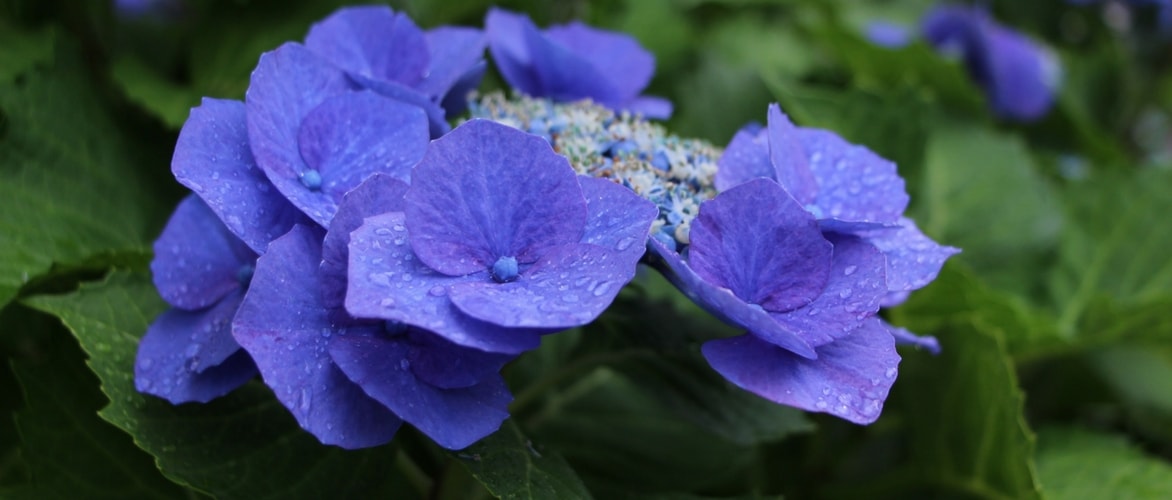
Planting hydrangeas
All our tips for successfully planting a hydrangea in the garden or in a pot
Contents
Hydrangeas are wonderful deciduous bushes valued for their spectacular inflorescences, typically in spheres or large panicles, ranging from white to blue, pink, and purple. If you wish to add these magnificent plants to your garden, follow our tips for successful planting and cultivation. We will explain when to plant, what type of soil to use, and how to plant them so they thrive fully. Although they are easy to grow, they do have some requirements to meet for proper development. By following our advice, you should be able to enjoy their beautiful flowers for many years to come!

When to plant hydrangeas?
Hydrangea is preferably planted in early autumn, in September or October. This is the ideal time as the soil is still warm and rainfall becomes more frequent, allowing them to establish well before winter. Planting is also possible in spring (in March – April), once the severe frost periods have passed. Finally, it remains reasonable to plant in early summer, provided that watering is closely monitored.
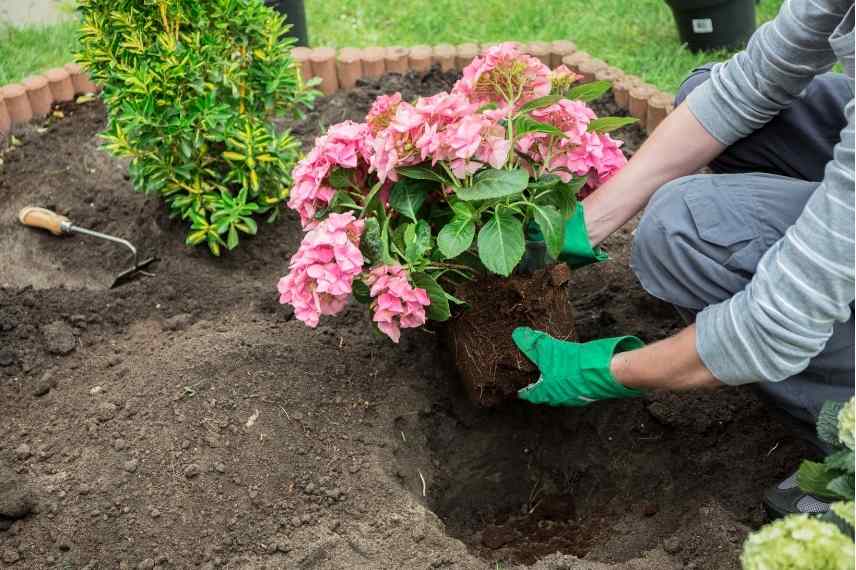
Where to plant hydrangeas?
Plant your hydrangea in a location where it will receive morning sun or late afternoon sun. In the south of the country, it is best to place it out of the midday sun. For example, position it at the foot of a wall or in the light shade of a tree.
Choose a spot where the soil remains fairly moist, even in summer, and in a slightly acid soil for most varieties, with the notable exception of bush hydrangeas, which tolerate neutral soil well. If your soil is calcareous, add a large quantity of heather soil to the soil, as well as compost at planting: hydrangeas appreciate rich, humus-bearing soils.
Plant your hydrangea preferably sheltered from the wind.
Note, however, that growing conditions vary depending on the species. Indeed, Hydrangea macrophylla and serrata are more suited to shaded and cool situations. They are perfect in woodland, for example, with ferns or hostas. In contrast, Hydrangea paniculata and arborescens prefer sunny exposures and are relatively drought-resistant. They do not necessarily require acid soil and can even grow in moderately calcareous terrain. You can also choose a climbing hydrangea (Hydrangea petiolaris) and install it against a north-facing wall.
Discover other Hydrangeas
View all →Available in 1 sizes
Available in 1 sizes
Available in 1 sizes
Available in 1 sizes
Available in 1 sizes
Available in 1 sizes
Available in 1 sizes
Available in 1 sizes
Available in 2 sizes
Available in 2 sizes

How to plant your hydrangeas?
How to plant them in the ground?
To successfully plant your hydrangeas in the garden:
- Soak the root ball in a basin filled with water to rehydrate it, until the air bubbles disappear.
- Work the soil to a depth of at least 40 cm, adding compost and heather soil, only if necessary. A good base fertiliser (horn or dried blood) will encourage the recovery of your plant and nourish it without the risk of burning. If your soil is dry, you can mix a water-retaining agent into the soil at planting time.
- Untangle the roots of the root ball if necessary to avoid root girdling (when the roots circle around the root ball).
- Position your hydrangea in the planting hole, ensuring that the top of the root ball is 2 – 3 centimetres below the soil level (a stick positioned horizontally is a useful guide).
- Cover the root ball with soil and firm it down without excess.
- Plan for a small watering basin on the surface.
- Water regularly after planting and during the summer months, and consider adding a layer of mulch to keep the soil cool.
How to plant them in pots?
Hydrangeas are easy to grow in pots. Use a container that is large enough and deep (40 to 50 cm in all directions), which you will fill with a mixture of potting soil and heather soil. Water frequently and regularly provide fertiliser to your plants.
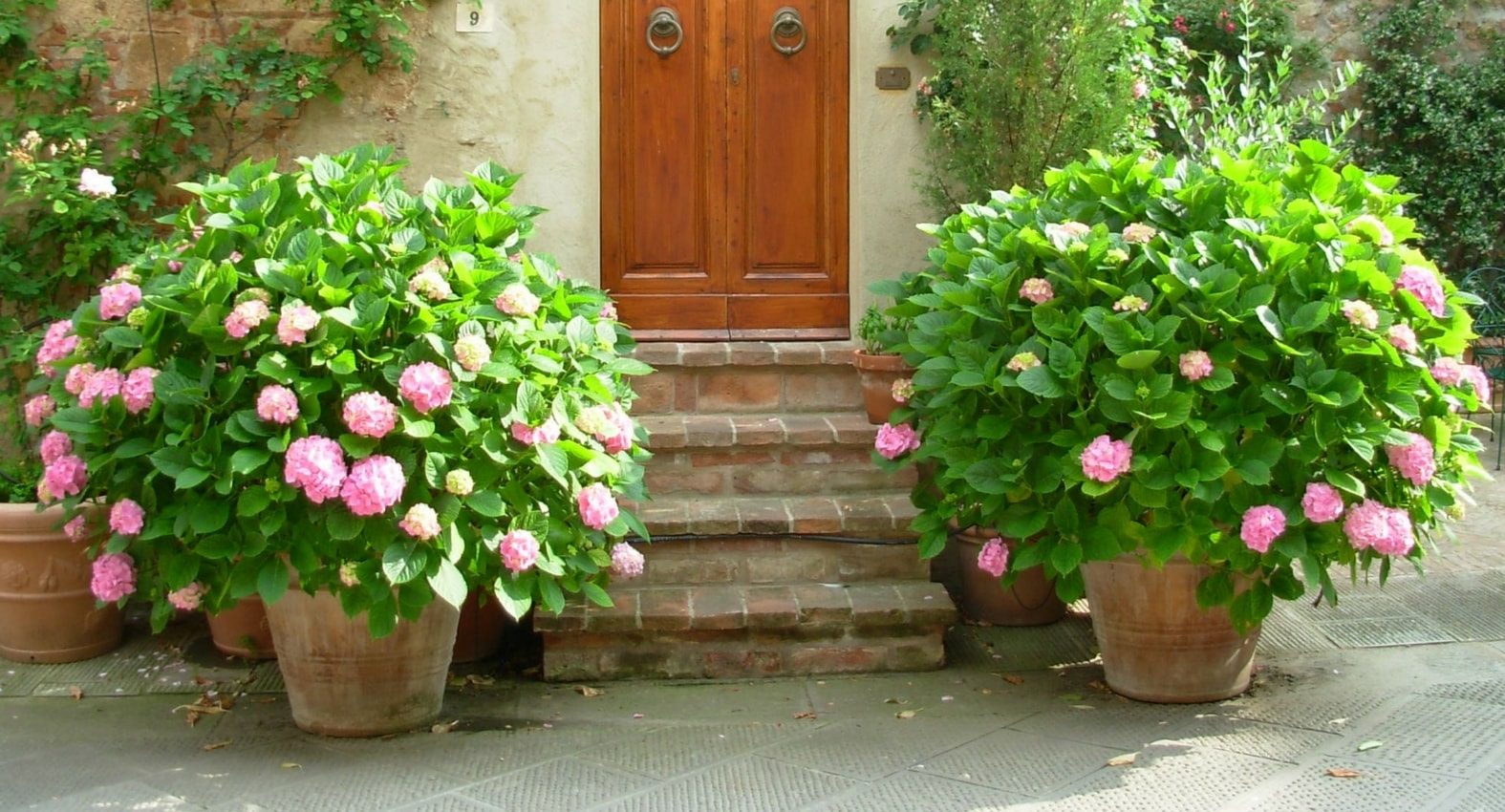
Don’t hesitate to plant your hydrangeas in pots: it’s also a solution in calcareous soil!
How to care for hydrangeas?
After planting, you will need to:
- Monitor watering, as hydrangeas are sensitive to drought. Water regularly during the summer and mulch to keep the soil cool.
- At the end of summer, once flowering is over, we recommend leaving the dry umbels as they protect the terminal shoots from the cold during winter.
- Prune your hydrangeas at the end of winter, around March. To do this, cut just above well-formed buds, remove damaged or dead branches using pruning shears, and thin out by removing a few branches from the centre of the bush with a branch cutter. You can prune more severely to maintain a fairly compact habit, but this will impact the flowering for the year. You will then have to wait until the following year to enjoy an abundance of flowers again.
- Subscribe!
- Contents































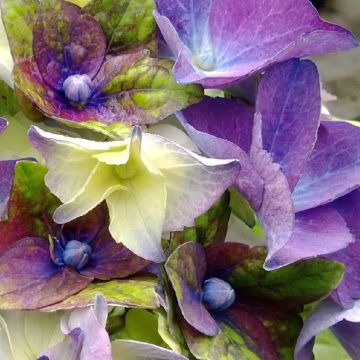
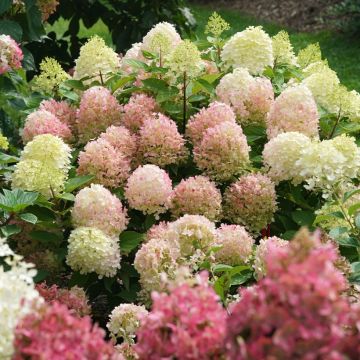
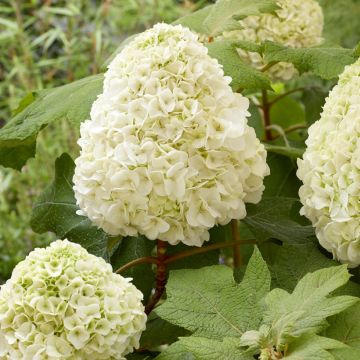
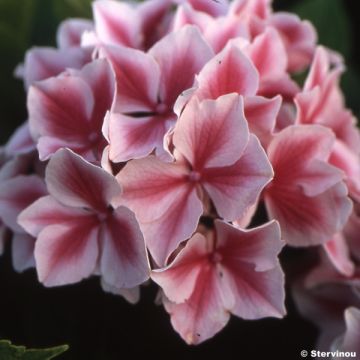
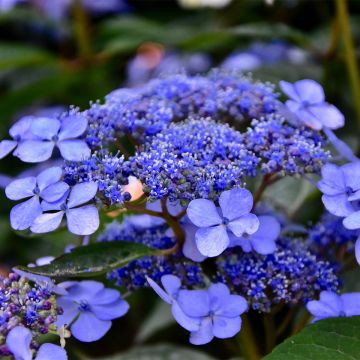
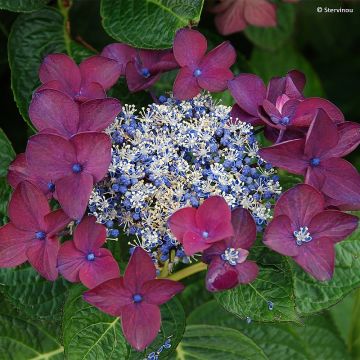
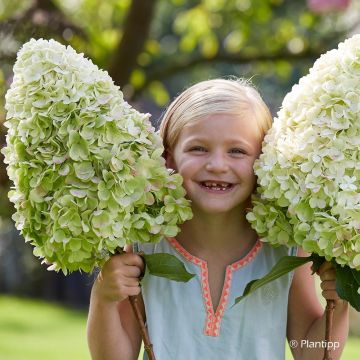
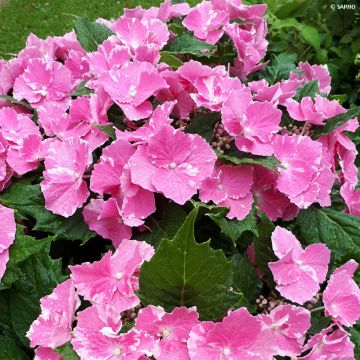
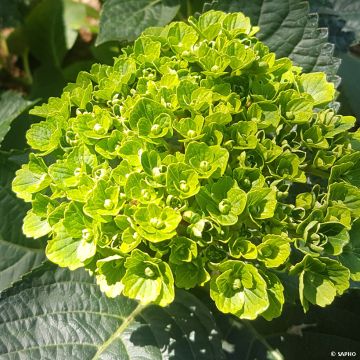

Comments